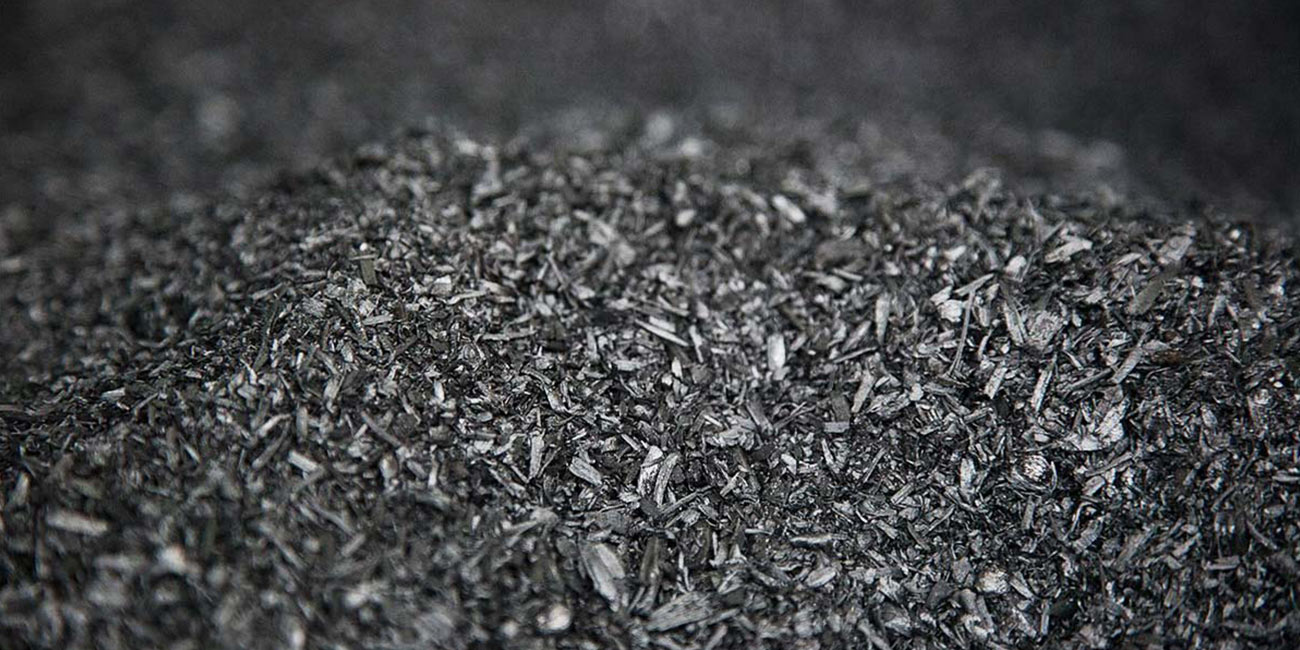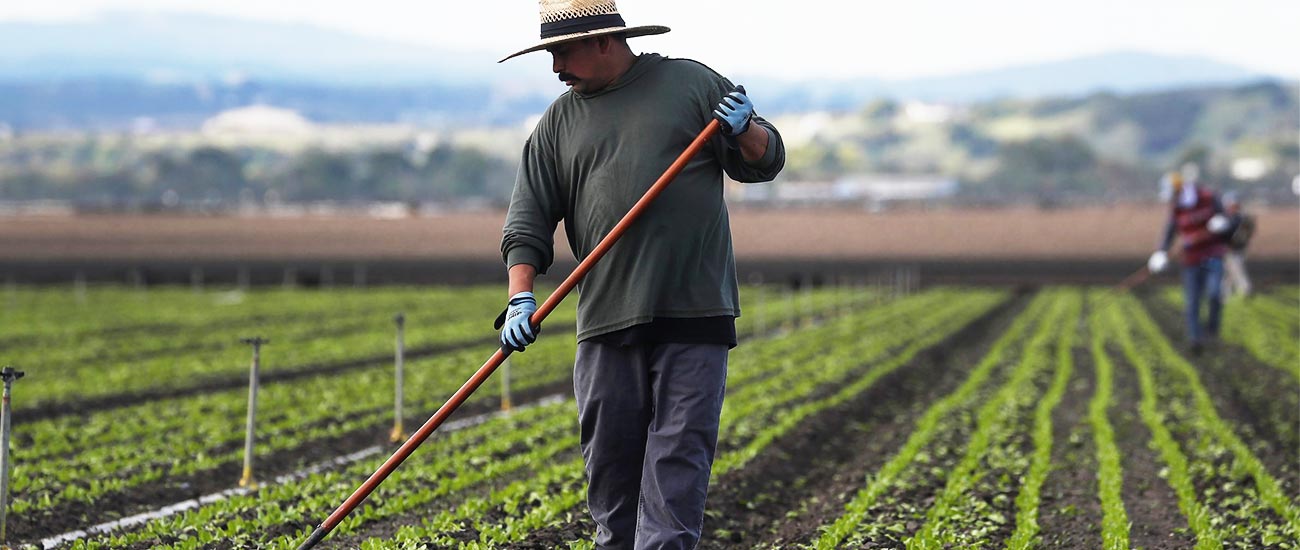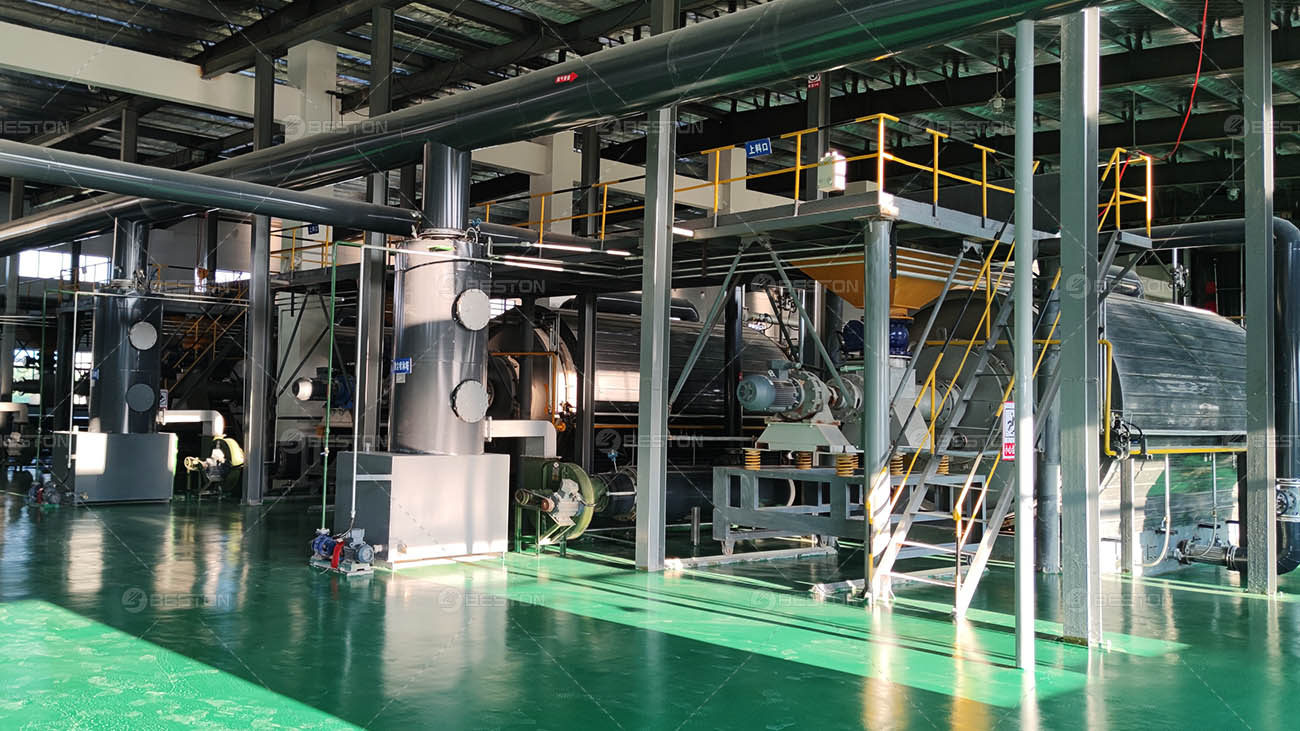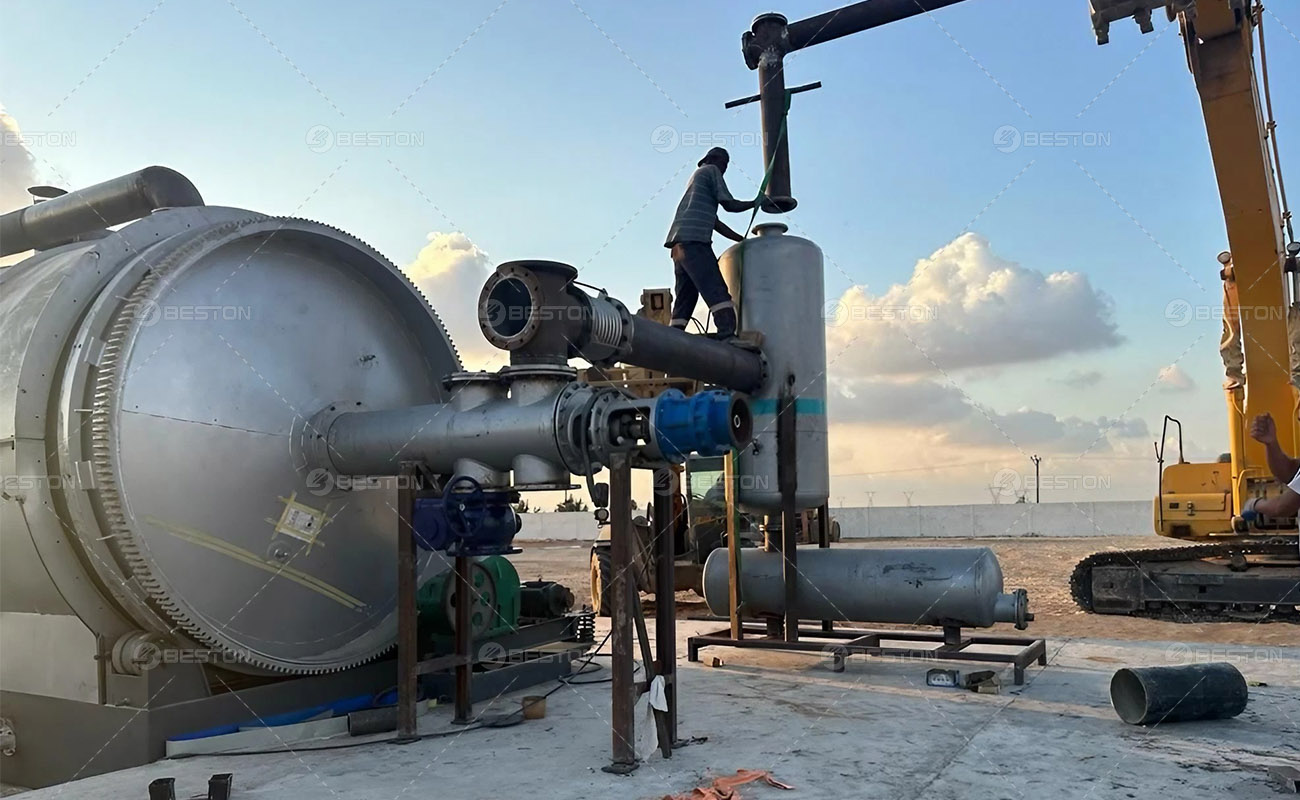In the quest for sustainable solutions to curb carbon dioxide (CO2) emissions, the scientific community has turned its gaze towards a rather unconventional yet promising substance – biochar. Derived from the process of pyrolysis, a method involving the heating of organic materials such as wood chips, agricultural waste, or even certain types of manure in a low-oxygen environment, biochar emerges as a carbon-rich, porous material with exceptional potential.
Biochar, in its essence, acts as a carbon sink, possessing a remarkable ability to sequester carbon dioxide from the atmosphere. Once incorporated into the soil, this porous charcoal-like substance becomes a refuge for carbon, locking it away for extended periods, thus mitigating its release into the atmosphere where it contributes to the greenhouse effect. Biochar machine can help you get high-quality biochar.

The application of biochar serves a dual purpose: not only does it offer a means of carbon sequestration but also enhances soil fertility and overall health. Its porous structure provides a haven for beneficial microorganisms, fostering a more hospitable environment for plant growth. Consequently, the presence of biochar in soil promotes increased nutrient retention, better water infiltration, and improved soil structure, thereby revolutionizing agricultural practices for sustainable food production.
Researchers and environmental enthusiasts alike have been intrigued by the potential of biochar to offset CO2 emissions. Its incorporation into agricultural systems and carbon-negative initiatives presents a novel approach towards achieving carbon neutrality. By utilizing biochar from charcoal making machine as a soil amendment, we not only tackle the alarming levels of atmospheric carbon but also revolutionize farming practices to align with environmental conservation goals.
The versatility of biochar extends beyond mere carbon sequestration. It shows promise in various domains, including wastewater treatment, where its porous structure aids in adsorbing pollutants, thereby purifying water bodies. Additionally, biochar finds utility in livestock farming by reducing methane emissions from manure when used as a feed additive, thus further contributing to the mitigation of greenhouse gases. Charcoal briquette making machine helps to make charcoal briquettes.
As with any emerging technology, challenges and considerations accompany the adoption of biochar. While it exhibits tremendous potential, the efficacy of biochar application can vary based on soil type, climate conditions, and the source material used for its production. Research and continued experimentation are vital to fine-tune its implementation for maximum effectiveness across diverse environments and applications.

Efforts are underway to upscale the production and utilization of biochar in commercial and industrial settings. Initiatives promoting biochar as a viable carbon sequestration method are gaining traction globally, urging policymakers and stakeholders to integrate this innovative solution into broader climate change mitigation strategies.
In conclusion, the utilization of biochar as a tool to remove CO2 from the atmosphere represents a beacon of hope in our fight against climate change. Its multifaceted benefits, ranging from carbon sequestration to soil enhancement and pollution control, position biochar as a pivotal player in shaping a more sustainable and environmentally conscious future.
The journey towards harnessing the full potential of biochar continues, guided by ongoing research, technological advancements, and a collective commitment to combatting the escalating threat of climate change. As we embrace this innovative solution, we take a significant stride towards a greener and more balanced planet for generations to come. Also, you can find a related equipment supplier: Beston Group.



